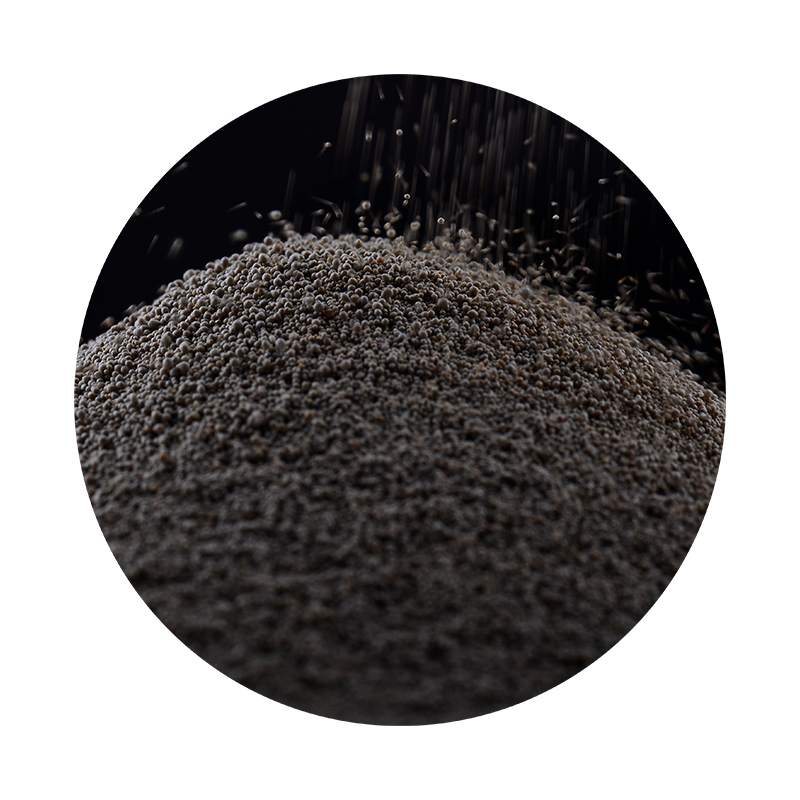Sanding a 3D print is an essential step for achieving a smooth and polished finish, especially for models printed using materials like PLA, ABS, or PETG. This process not only enhances the visual appeal of your printed object but also prepares it for painting or further finishing. Below is a comprehensive guide on how to effectively sand your 3D prints.
Firstly, allow your print to cool completely before starting the sanding process. This prevents warping and ensures structural integrity. Once cooled, examine your print for any visible imperfections, such as layer lines, supports, or rough edges that need attention.
Start with a coarse grit sandpaper, around 100-150 grit, to tackle significant imperfections. Sand in a circular motion or back-and-forth along the print's contours, applying light pressure. Focus on the areas with the most noticeable defects but be cautious not to over-sand, which could alter the model’s dimensions.
After addressing the rough spots with coarse sandpaper, gradually move to a medium grit (around 220-320 grit). This step helps to refine the surface further, reducing the visibility of layer lines while smoothing out the texture. It's essential to keep your sandpaper clean; clogged paper can lead to unwanted scratches or grooves in your print.
how to sand a 3d print

Once the model feels smooth to the touch, switch to fine grit sandpaper (400-600 grit). This final sanding stage will significantly enhance the surface finish and prepare the model for painting or sealing. Use a light touch, ensuring you don’t remove too much material at this stage.
For intricate parts or detailed areas, consider using sanding sponges or foam pads that can conform to the shapes of your model, providing better control and a more even finish
.After sanding, clean the model using a brush or compressed air to remove any dust particles that may have accumulated. Optionally, you can wipe down the print with a damp cloth to ensure a clean surface before painting.
In conclusion, sanding your 3D prints is a vital process for enhancing their quality and appearance. By starting with coarse sandpaper and gradually moving towards finer grits, you can achieve a professional finish that brings your 3D printed creations to life. Whether for personal projects or professional needs, a smooth print will always stand out and impress.
Post time:Oct . 14, 2024 04:01
Next:sand casting resin
